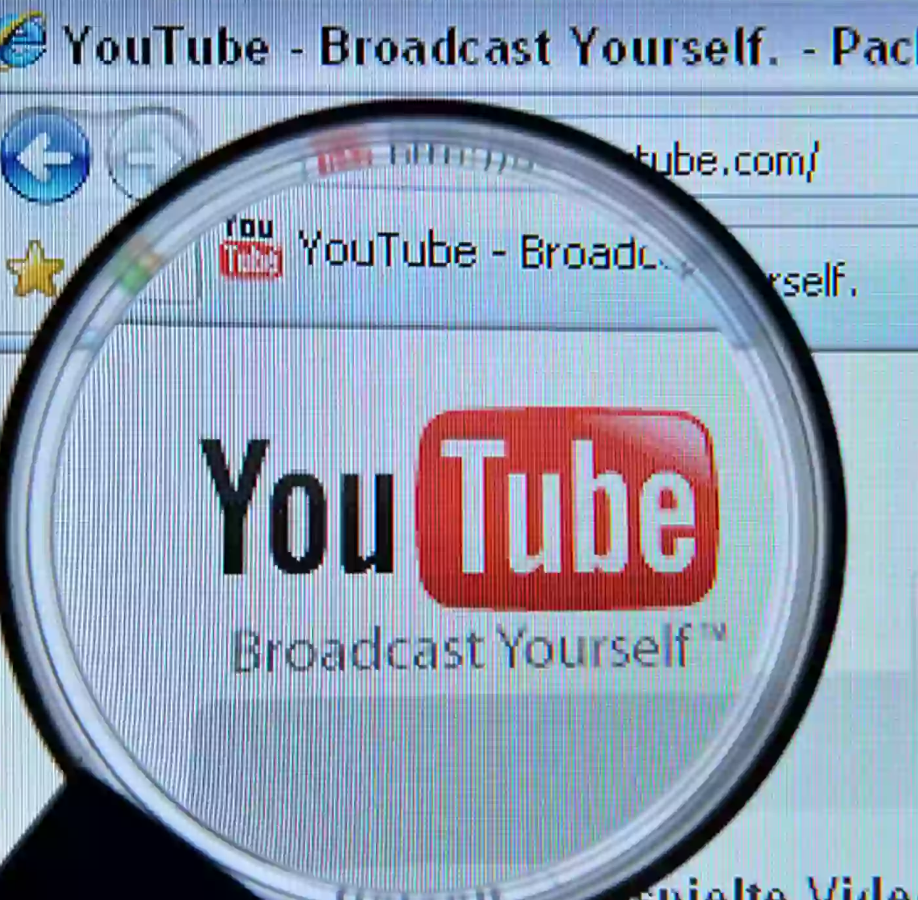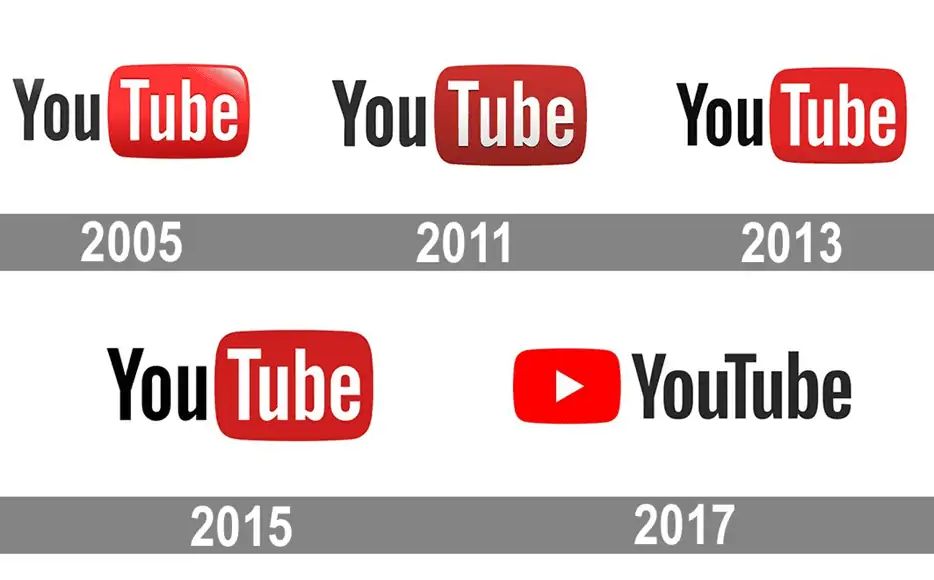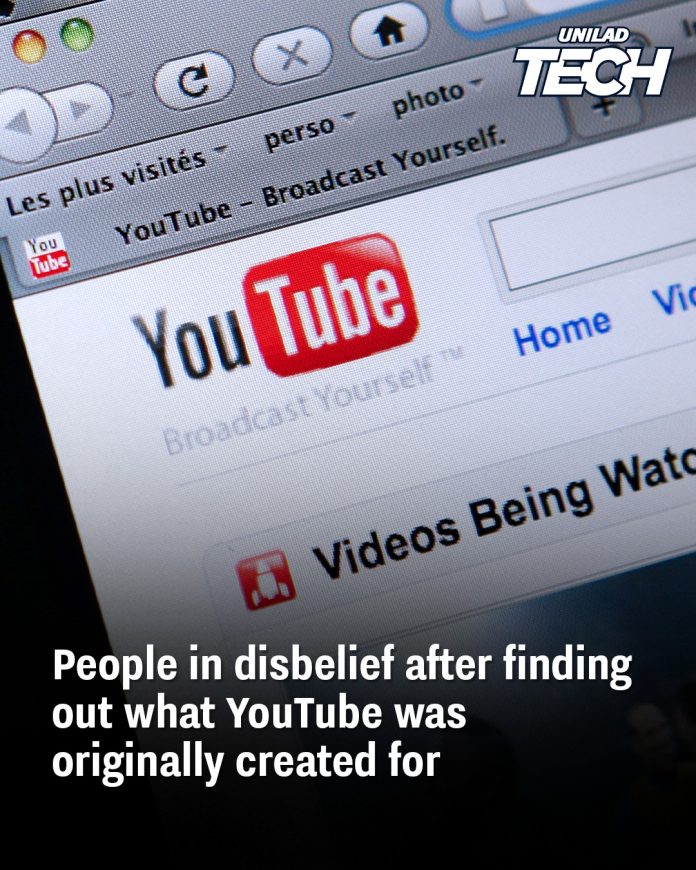YouTube, now a cornerstone of online video sharing and a cultural phenomenon, had an unexpected beginning. When co-founders Steve Chen, Chad Hurley, and Jawed Karim—former PayPal employees—launched the platform on February 14, 2005, their initial vision was to create a video-based dating site. This concept was inspired by the belief that video could offer a more authentic and engaging way for individuals to present themselves to potential partners.
The site was aptly launched on Valentine’s Day, with the slogan “Tune In, Hook Up,” emphasizing its romantic intentions. Users were encouraged to upload videos introducing themselves and describing their ideal partner. To incentivize participation, the founders even offered $20 to women willing to post dating videos. Despite these efforts, the concept failed to gain traction, and user engagement remained minimal.

Recognizing the limited appeal of a video dating platform, the founders decided to pivot. They removed the dating-specific features and opened the platform to a broader range of video content. This strategic shift transformed YouTube into a general video-sharing site, allowing users to upload and share videos on any topic. The first video uploaded, titled “Me at the zoo,” featured co-founder Jawed Karim at the San Diego Zoo and marked the beginning of YouTube’s evolution into a global platform.

The decision to broaden YouTube’s scope proved successful. By the end of 2005, the platform was receiving millions of daily views, and its user base was rapidly expanding. This growth attracted the attention of major tech companies, and in November 2006, Google acquired YouTube for $1.65 billion. This acquisition provided YouTube with the resources and infrastructure to scale its operations and solidify its position as a leader in online video sharing .
Reflecting on YouTube’s origins offers insight into the importance of adaptability in the tech industry. The founders’ willingness to pivot from their original concept in response to user behavior and market demand was instrumental in the platform’s success. Today, YouTube hosts billions of videos across diverse categories, serving as a testament to the potential of flexible and user-driven innovation.

















